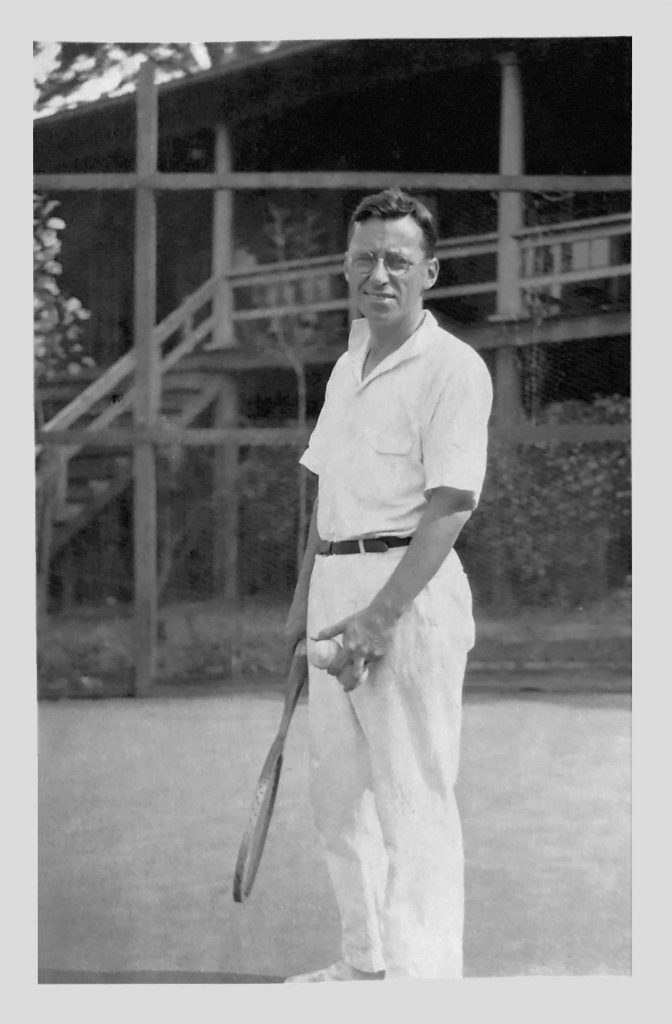
In the vibrant tapestry of Harlem’s artistic history, one name that deserves more recognition is Paul Martin.
Mr. Martin was an illustrator whose work captured the spirit of America during the Roaring Twenties.
Born in 1883, Martin’s career flourished during a time when Harlem was becoming a cultural epicenter, though his connection to our neighborhood remains an intriguing area for further research.
Martin’s illustrations graced the covers of some of the most popular magazines of his era, including Collier’s, where his artwork appeared on twenty covers between 1923 and 1927.
His style often focused on youthful subjects engaged in lighthearted activities, reflecting the optimism and energy of the time. From boys catching baseballs to children bobbing for apples, Martin’s illustrations captured the simple joys of American life.
One of Martin’s most significant achievements was designing what was then the world’s largest sign in 1917, which towered over Times Square until 1924.
This feat speaks to his versatility as an artist and his ability to make an impact on a grand scale.
Martin’s talent didn’t go unnoticed. He won Parents’ Magazine’s “Cover of the Year” award for three consecutive years from 1928 to 1930, a testament to his skill and popularity.
His work also extended to iconic American brands, as he reshaped the famous mascot of Fisk Tires in 1930, which subsequently appeared in thirteen issues of The Saturday Evening Post.
Beyond his commercial success, Martin contributed to social causes. In 1931, he created the official poster for the Girl Scouts, which was displayed at troop meetings for six years.

This demonstrates how his art reached beyond magazine covers to influence and inspire young people across the country.

Interestingly, Martin was not just an artist but also an athlete. He played in sanctioned tennis tournaments around the New York metropolitan area from 1909 to 1931, including the U.S. National Championships (now known as the US Open) in 1920, 1921, and 1924.
RELATED: Check out more Harlem History on our Harlem History Facebook page.
His love for tennis was so profound that a singles tournament named after him was held for an impressive 84 years, from 1932 to 2019.
As we celebrate Harlem’s rich artistic legacy, it’s important to remember figures like Paul Martin.
While his direct connections to Harlem may require further exploration, his work undoubtedly resonated with and influenced the cultural landscape of our neighborhood during a transformative period in American history.
- LISC CEO Michael T. Pugh Recognized Among 2024 Worthy 100 Leaders
- NY Lawmakers Celebrate Historic MENA Data Recognition Bill Signed By Hochul
- Sponsored Love: Leadership Skills Training Courses: Invest In Your Future Today
- Senator Hoylman-Sigal Calls On Independent Schools To Adopt NYC Public School Calendar
- Mayor Adams Celebrates 65 Million NYC Visitors In 2024, Second-Highest Ever
Martin’s legacy serves as a reminder of the diverse talents that have contributed to Harlem’s cultural tapestry.
His ability to capture the essence of American life through his illustrations, combined with his athletic pursuits, paints a picture of a multi-faceted individual who embodied the spirit of his time.

The Future
As we continue to uncover and celebrate the hidden gems of Harlem’s past, Paul Martin’s story invites us to look deeper into the lives of artists who may have walked our streets, contributed to our culture, and left an indelible mark on the American artistic landscape.
Photo credit: 1) Paul Martin. 2-3) Abbysissian Church brawings. 4) Martin playing tennis.
Become a Harlem Insider!
By submitting this form, you are consenting to receive marketing emails from: . You can revoke your consent to receive emails at any time by using the SafeUnsubscribe® link, found at the bottom of every email. Emails are serviced by Constant Contact








